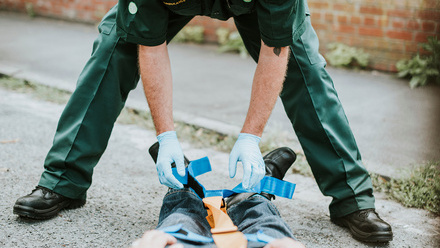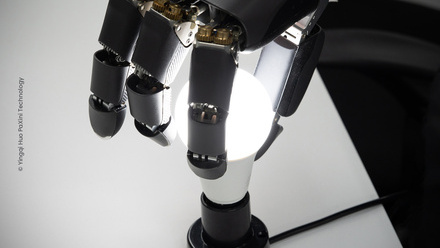Wearable rehabilitation
Researchers at Harvard have developed a ‘soft, wearable robot’ that could offer personalised upper-limb movement assistance for stroke patients and individuals living with motor neurone disease (MND).
Bioengineers devised the device using inflatable balloons positioned under a person’s arms that expand and contract, providing mechanical assistance to the limbs. A combination of machine learning and a physics-based model helps the robot interpret the individual's intended movements and then make those actions.
A Harvard article emphasised the user-centred design, highlighting that five people who had experienced a stroke and four with MND – known as ALS in the US – were actively involved with the study.
The research, published in Nature Communications and featured in Popular Science, shows that each participant reported improvements in shoulder elevation and wrist extension. It’s hoped the device will someday offer ‘rehabilitative benefits’, minimise fatigue and potentially help individuals regain the ability to perform everyday tasks, such as brushing their teeth.
The Popular Science article includes an earlier statement made by Harvard Professor Tommaso Proietti, who said: “This technology is quite simple in its essence.
“It’s basically a shirt with some inflatable, balloon-like actuators under the armpit. The pressurised balloon helps the wearer combat gravity to move their upper arm and shoulder.”






